THE Royal Horticultural Society (RHS) thinks it’s never too early to get children interested in gardening and suggests planting sunflower seeds might be the ideal way to get them started.
Some top tips have been given by Guy Barter, the RHS’s chief horticulturalist, to mark National Gardening Week (Monday (28) - Sunday (4)).
But since it is still early in the season, celebrating the theme of “beginner gardeners” is still timely.
Across the British Asian community, there is a growing love of gardening and the RHS offers advice on how parents can pass this on to their children.
Being outdoors is also healthy for body and mind, as became clear during the pandemic.
The RHS wants to “get the whole family involved with the joy of gardening”, and for children to develop green fingers as early as possible.
Sunflowers lead Barter’s list of “fantastic flowers” that are easy to grow.
He said: “Available in a range of sizes and shades, sunflowers are the perfect plant to grow as a family, with the tall and fast-growing varieties beloved by children. Sunflowers are safe, easy to grow from seed and colourful, and the singleflowered forms are very pollinator-friendly for attracting plenty of insect friends.
“You might want to choose a tall variety of sunflower such as ‘American Giant’, which can reach up to four metres tall, or a sunflower that is a little smaller such as ‘Teddy Bear’ (60–90 cm) or ‘Big Smile’ (30 cm). Sunflowers like to grow in full sun in well-drained soil.

“Sunflowers can be sown straight into the ground, where they are going to flower, so make sure the space you are going to sow is weed free, by using a trowel to remove the weeds. Rake the soil to a fine tilth (a fine crumbly texture) and make some drills 12mm deep. Leave a 10cm space between each seed.
“As your sunflower begins to grow taller than you, you will need to help support the stem, by placing a cane near the stem and loosely tying the cane to the plant with string.
“In dry weather, give your plant a good watering. Watch your sunflower grow and grow and grow.”
Next come cosmos: “Fantastic for all senses and easy to grow, cosmos is a brilliant option for all ages. The annual, quick-growing plant provides pretty foliage and numerous colourful flowers, as well as being great for pollinators.”
He also likes the ox-eye daisy: “The native, perennial ox-eye daisy is an ideal plant for little ones to sow and watch it transform into colourful flowers. The distinctive white petals and yellow centres come back year after year and are simple to grow in any reasonable soil or peat-free potting compost.”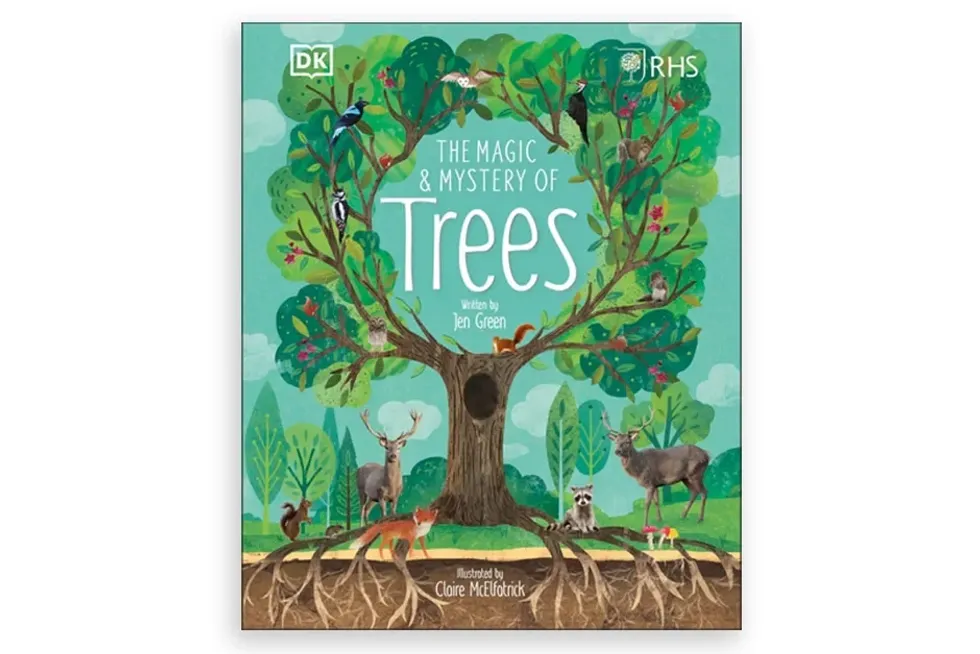 The Magic and Mystery of Trees
The Magic and Mystery of Trees
There is a list of “exciting edibles”. It includes climbing beans: “For families looking for fun and delicious flavours, both French and runner beans are easy and fast to grow in any good garden soil. Some French beans have charming, purple, speckled and yellow pods, and runner beans grow red, white, pink or bicoloured flowers to capture the attention of young growers. After growing, little ones can harvest the beans and enjoy them in a delicious dinner.”
And baby carrots: “Deliciously crunchy and easy to grow, baby carrots are the perfect project for little green fingers. Baby carrots are ideal for growing in a sunny spot or large tub and can be eaten as soon as they are finger-sized, once washed.”
And also pumpkins and winter squash: “Perfect for a project up until the autumn, pumpkins and winter squash are great for families looking to spruce up the vegetable patch. Best sown in small pots and then planted outside once they have four true leaves, they enjoy plenty of garden compost and can be harvested ripe in autumn for a delicious dish.”
And then there are the herbs.
Fennel is suggested: “Perennial and vigorous, fennel is a fantastic plant for those getting to grips with growing their own herbs. Little ones will enjoy the scented feathery foliage, tall green-yellow flowers and collecting seeds to be used in the kitchen or sown. Fennel is easy to grow and will enjoy any garden soil in a sunny spot.”
Plus mint: “The lush textured leaves, perennial nature and highly scented leaves make mint the perfect plant for children. With many forms and flavours, families can create a collection with peppermint, spearmint, Moroccan mint, apple mint and plenty of other exciting varieties. Mints are apt to spread, so growing in big, 60-cm-diameter pots is best for smaller gardens.”
And there is the perennial Asian favourite, coriander: “With annual, scented, flavoured leaves and tall feathery flowers, coriander is a great starter plant for families. Gardeners of all ages can collect the seeds to be sown the next year or used in delicious dishes, and coriander thrives in any sunny spot.”
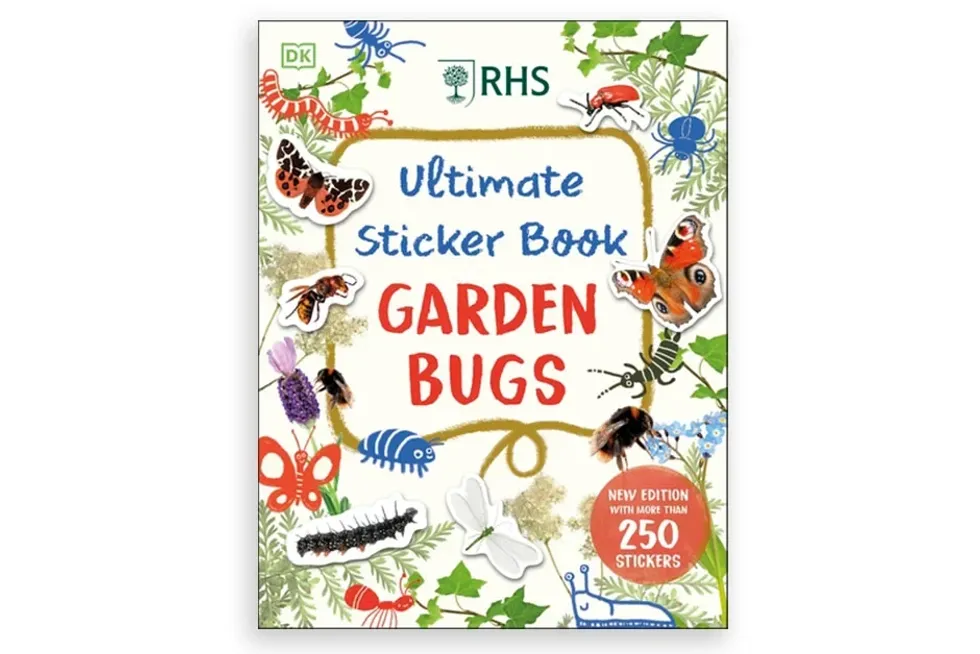
Also recommended are French beans, which are best left till late May or June, and tangy tomatoes.
British Asian parents may also want to pick up one or two from the 10 RHS gardening books for children.
“Introducing children to gardening, plants and nature is a wonderful way to nurture their curiosity and instil a lifelong love for nature and the environment,” the RHS said. “Our pick of the best RHS gardening books for children aims to make learning educational and fun. From vibrant picture books that explore the world of trees to interactive experiments that turn gardening into a hands-on adventure with the family, these titles cater to various age groups and skill levels.”
One book, How Does a Frog Grow? explains how frogs are helpful to gardens, how to make safe places for them and what plants they like. “You’ll also learn the differences between frogs and toads and be introduced to a variety of frogs from around the world – from Wallace’s flying frog of southeast Asia and South America’s dyeing poison dart frog, to the European agile frog, Australia’s ornate burrowing frog and the banded bullfrog, found in Asian countries, including China and India.”
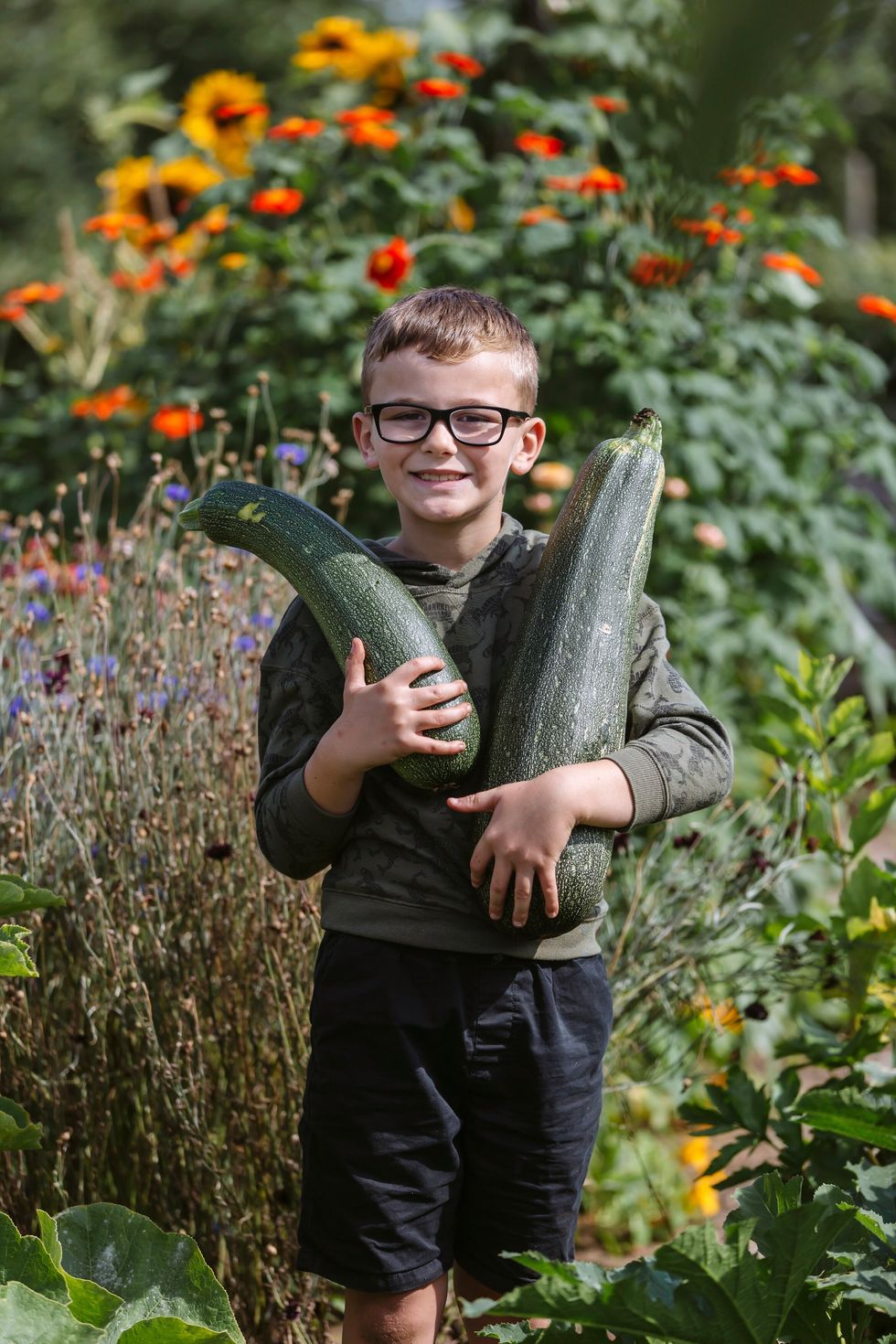
Another, The Magic and Mystery of Trees, has the message: “From the highest branch and leaf down to the complex ‘wood wide web’ of roots, it’s no wonder every part of a tree plays an important role in its own growth and the habitat of the whole forest or woodland.
“Did you know that trees can communicate with each other and warn each other of predators? Or that they can record the past, and anticipate the future to ensure their survival? Dive deep into the pages of this nature book for kids to discover exactly how trees nurture their networks, and explore extraordinary trees from all around the world.”
The Ultimate Sticker Book Garden Bugs, which is meant to be fun, says: “Bring the garden indoors for kids with this creepy crawlies sticker book packed with bugs and insects. Find out what garden bugs such as caterpillars, worms, and woodlice do to help plants grow. Discover a world of predators, scavengers, and plant-eaters right outside your back door. Learn your ants from your aphids and find out what might be munching tiny holes in leaves.
“Get to know the names of the different types of butterfly that live in your garden and see their beautiful markings up close. Find out which insects fly with jewel-like wings and which scuttle along the ground on lots of legs.
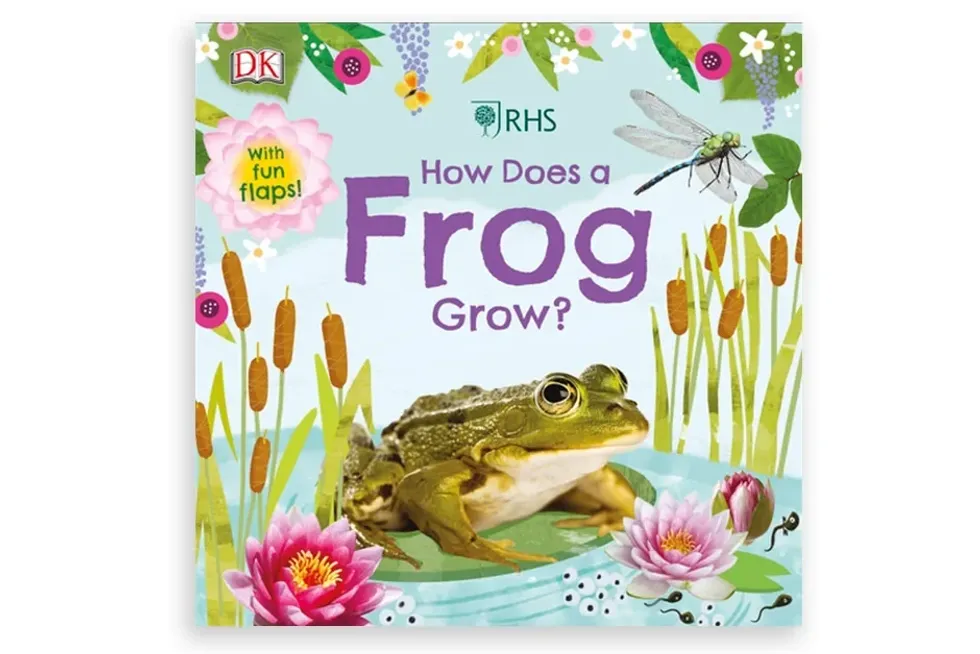
“Meet tough, armour-clad beetles that do battle with each other among the leaves and grass. Decorate your stuff with insect stickers that’ll make everyone squirm, and cover your school books or projects with giant stickers of colourful minibeasts.”
The seven other books are: Let’s Get Gardening; Pocket Book of Garden Experiments; Ultimate Sticker Book Garden Pond; Ultimate Sticker Book Garden Flowers; Ultimate Sticker Book Trees and Leaves; Under Your Feet; and Plants Save the World.
The last book said: “Plants are the foundation of all life on Earth – without them, we cannot survive. They provide food and medicine, clean the air we breathe, provide habitats for animals, protect against disasters, such as flooding, and are used to make products that we use every day.”
















 Brook praised her husband's influence on maintaining a balanced lifestyleGetty Images
Brook praised her husband's influence on maintaining a balanced lifestyleGetty Images

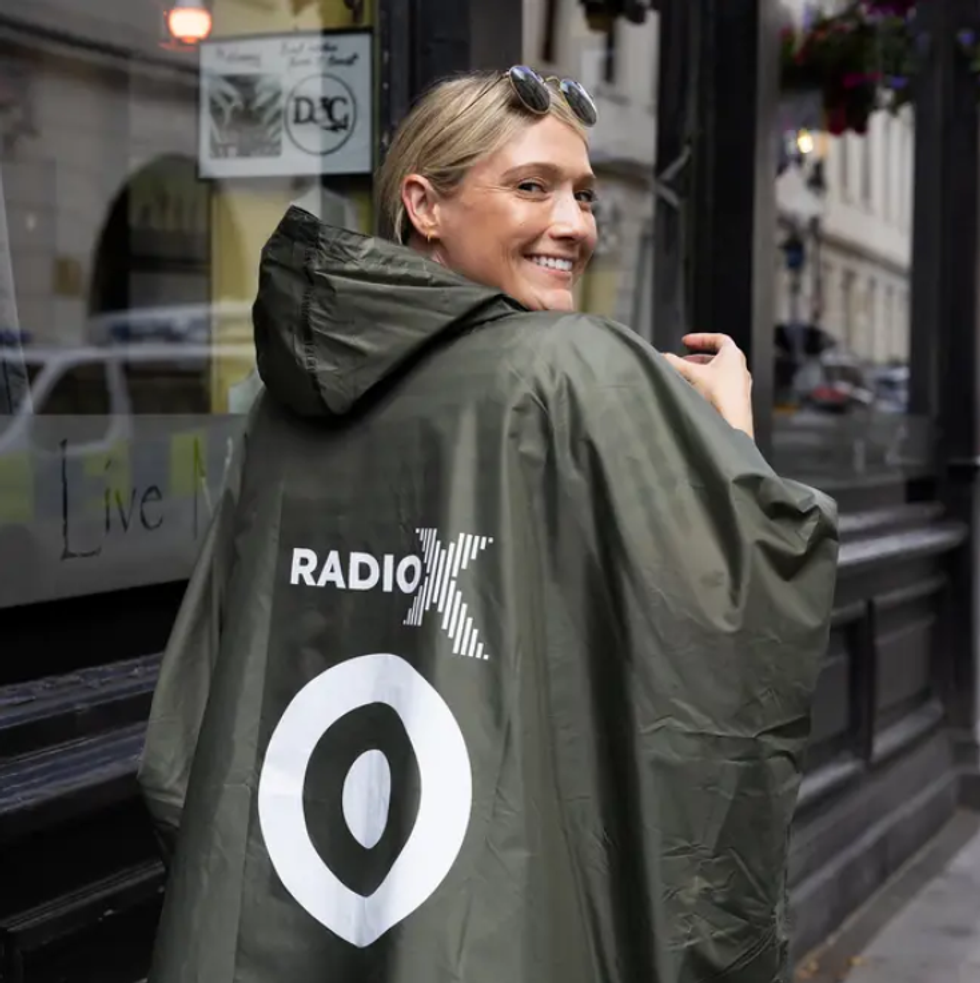 75% of the proceeds from each parka went to Global’s Make Some NoiseRadio X
75% of the proceeds from each parka went to Global’s Make Some NoiseRadio X It’s possible the beer-proof parka could make a return before the last encore rings outRadio X
It’s possible the beer-proof parka could make a return before the last encore rings outRadio X